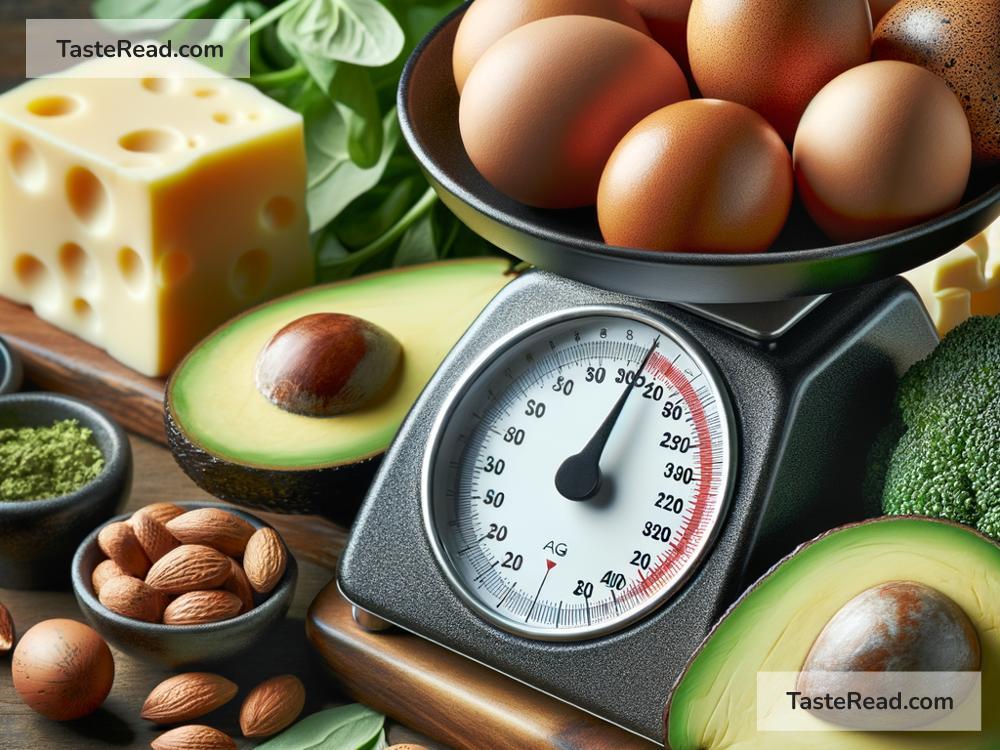Breaking Down Keto Macros: Understanding Ratios for Success
Have you ever considered trying the ketogenic, or “keto,” diet but found yourself puzzled by all the talk about “macros” and specific ratios? You’re not alone. Many people find the idea daunting, but understanding the basics of keto macros isn’t as complicated as it seems. In this article, we’ll break down the concept into bite-sized, easy-to-understand pieces to help you navigate your keto journey successfully.
What Are Macros?
“Macros” is short for macronutrients, the big-three nutrients that provide calories or energy to our bodies. These are:
- Carbohydrates (Carbs): Found in foods like bread, pasta, fruits, and vegetables.
- Proteins: Present in meat, fish, eggs, and some plant-based sources like beans and legumes.
- Fats: Found in oils, butter, avocados, and nuts.
Each macro plays a specific role in your diet, but on a keto diet, the distribution of these macros is what sets it apart from other eating plans.
The Keto Macro Ratio
The key to the keto diet is the specific ratio of these macros, designed to push your body into a state called ketosis. When in ketosis, your body switches from using carbs for energy to burning fat, which can lead to weight loss and other health benefits.
The general breakdown goes something like this:
– 70-75% Fats
– 20-25% Protein
– 5-10% Carbohydrates
It might seem counterintuitive to consume more fat for weight loss, but this ratio helps lower carbohydrate intake, forcing the body to turn to fat for fuel.
Breaking It Down
Let’s simplify this further with an example. Suppose you’re aiming for 2,000 calories per day. Using the keto macro ratio, your daily intake would roughly translate to:
- Fats: 70% of 2,000 calories = 1,400 calories from fat. Since each gram of fat equals 9 calories, that’s about 155 grams of fat per day.
- Protein: 20% of 2,000 calories = 400 calories from protein. Protein has 4 calories per gram, giving you 100 grams of protein per day.
- Carbohydrates: 10% of 2,000 calories = 200 calories from carbs. Carbs also have 4 calories per gram, which totals 50 grams of carbs per day.
You don’t have to hit these numbers precisely every day, but they’re a good guideline.
Tips for Success
-
Find Your Favorites: There are plenty of delicious and nutritious foods that fit the keto macro ratios. Avocados and nuts are great for healthy fats, whereas lean meats and eggs can help meet your protein needs. For carbs, focus on low-carb vegetables like spinach, kale, and broccoli.
-
Plan Ahead: Planning your meals can help ensure you stay within your macro goals. It also reduces the temptation to reach for non-keto-friendly snacks when you’re hungry.
-
Keep Hydrated: Drinking plenty of water is essential on keto, as the diet has a natural diuretic effect. Staying hydrated helps prevent dehydration and can stave off cravings.
-
Track Your Macros: Many apps and tools can help you track your macronutrient intake. Tracking can be especially helpful when you’re new to keto or if you’re trying to achieve specific health goals.
-
Listen to Your Body: While macros are important, they’re not everything. Pay attention to how your body feels. If you’re constantly tired or hungry, you might need to adjust your macros slightly. Consult with a healthcare professional if you’re unsure.
Final Thoughts
The keto diet can be a significant shift from the standard Western diet, rich in carbs. However, understanding and managing your keto macros is key to unlocking the potential benefits of this high-fat, low-carb diet. By focusing on the right balance of fats, proteins, and carbohydrates, you set the stage for success, whether your goal is weight loss, improved energy, or better overall health.
Remember, the journey to a healthier lifestyle doesn’t have to be complicated. With a bit of knowledge and planning, you can navigate the keto diet with confidence and ease. Start simple, be patient with yourself, and celebrate the small victories along the way. Happy keto journey!


